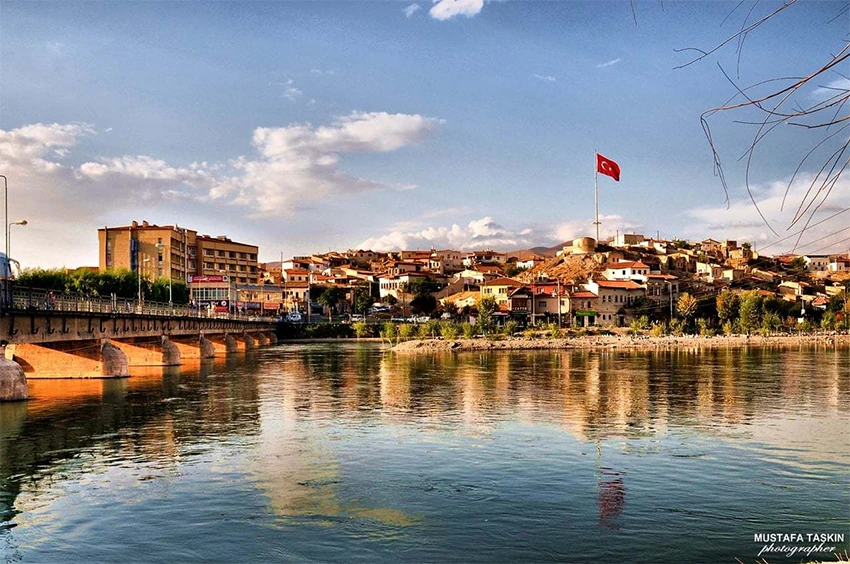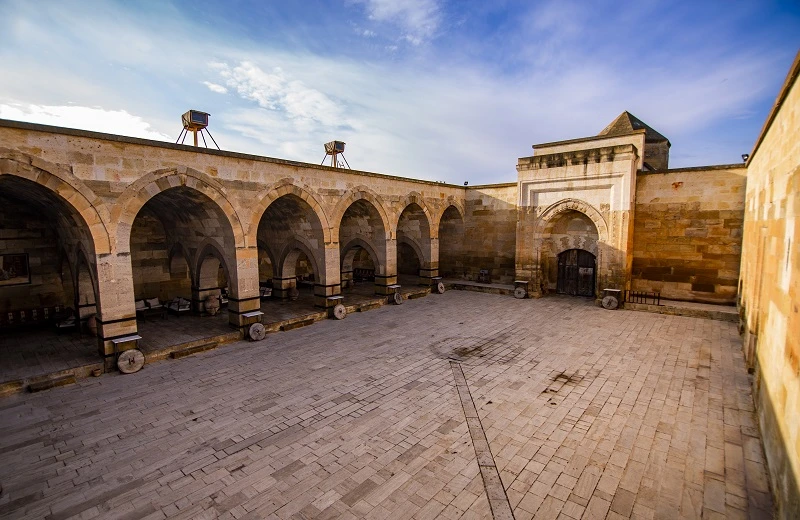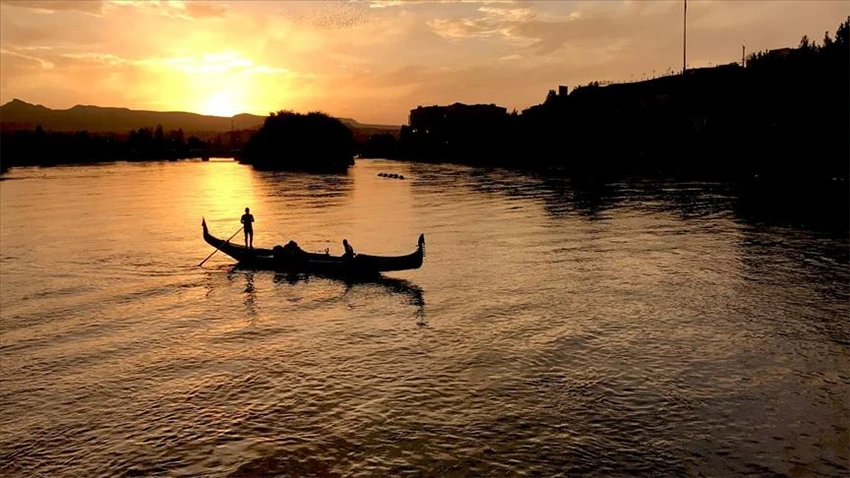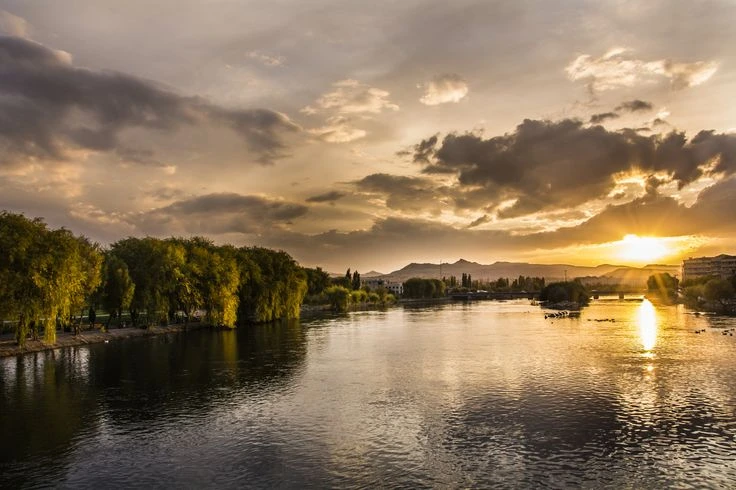Avanos
Avanos – The Ceramics Capital of Cappadocia
Nestled along the banks of the Kızılırmak River, the charming town of Avanos is one of the oldest settlements in Cappadocia, known in antiquity as “Venessa.” Its history traces back to the Hittites, who first used the region’s rich red clay carried by the river for pottery. To this day, Avanos remains the heart of Cappadocia’s pottery tradition, where local artisans shape earthenware using techniques passed down through generations. A visit to these traditional studios offers a glimpse into the town’s vibrant cultural heritage.

Archaeological evidence from nearby Zank Höyük suggests that Avanos has been inhabited since the Early Bronze Age. In Hittite inscriptions, the area appears as “Zu-Winasa,” and during the Roman era, it was known as Venessa. According to ancient geographer Strabo, Venessa was the third most important city of the Kingdom of Cappadocia, after Caesarea (Kayseri) and Tyana. It once housed a grand temple dedicated to Zeus Ouranos.
Christianity spread here rapidly in the 4th and 5th centuries, as seen in early cave churches like Dereyamanlı Church. During the Seljuk period, the town took on its modern name Avanos possibly derived from the commander Evrenos Bey. Landmarks such as the Seljuk-era Saruhan Caravanserai (1249) and the Alaaddin Mosque (13th century) still stand, though later restorations altered some of their original features. In the 19th century, Avanos was a multicultural hub, home to Arabs, Armenians, and Greeks. Lavish stone mansions from that period have survived and now function as boutique hotels or museums.

Wandering through Avanos, visitors encounter beautifully preserved Ottoman-era stone houses. Some feature partially subterranean cellars once used as shelters. The Tevfik Körükcü Mansion, built in 1868, is a fine example of stone craftsmanship with ornate facades. Religious structures such as the Alaaddin Mosque in the old bazaar and the 5th-century Dereyamanlı Church reflect the town’s diverse spiritual history. Notably, Dereyamanlı is one of the few cave churches in the region still used for worship today.
Avanos is synonymous with pottery. Generations of artisans still create handcrafted ceramics using red clay sourced from the Kızılırmak River. Studios like Hitit Çanak, İkizler Pottery, and the renowned Chez Galip allow visitors to watch potters at work.

Chez Galip also houses the quirky Hair Museum, featuring locks of hair donated by thousands of visitors since 1970. For a deeper dive into ceramic artistry, the subterranean Güray Museum, opened in 2014, showcases both ancient and modern pieces. Avanos is also famed for its handwoven carpets, kilims, and alabaster crafts. Many workshops, run by local women, preserve traditional weaving methods. Sculptures in the town’s Potters’ Square pay tribute to this artistic legacy.
Nature lovers are drawn to the tranquil banks of the Kızılırmak, Turkey’s longest river, which divides the town in two. A 3.5-km riverside promenade offers scenic views, benches shaded by flowers, and sightings of ducks and geese that have become symbols of Avanos. Gondola rides in the Venetian style add a romantic touch to the river experience.

Culinary traditions are another highlight. The famed testi kebabı (pottery kebab), slow-cooked in sealed clay pots, is a must-try. Other regional dishes include spicy bean stews, cornmeal-and-cheese kuymak, and yogurt-based soups. Avanos is also known for its homemade fruit jams and tart cranberry sherbet. While the town preserves its traditional cuisine, visitors will also find familiar international names such as McDonald’s and Mado Café. Local eateries offer a variety of grilled meats, köfte, and lamb dishes. On Fridays, the weekly market brings an array of local produce, dried fruits, and herbs.
Getting to Avanos is easy: it's located 20 km from Nevşehir (about a 20-minute drive) and 110 km from Kayseri. The town offers a wide range of accommodations, including romantic riverside hotels and authentic guesthouses. The illuminated stone houses provide a magical setting for evening strolls. Summer days can be hot, so it's best to carry water and plan walks for early morning or evening. Most museums and workshops open around 9:00–9:30 AM and close by late afternoon. Sunrises and sunsets add extra charm to your itinerary.

With its rich history, thriving art scene, and stunning river landscapes, Avanos offers a unique blend of tradition and beauty-an essential stop on any journey through Cappadocia.



